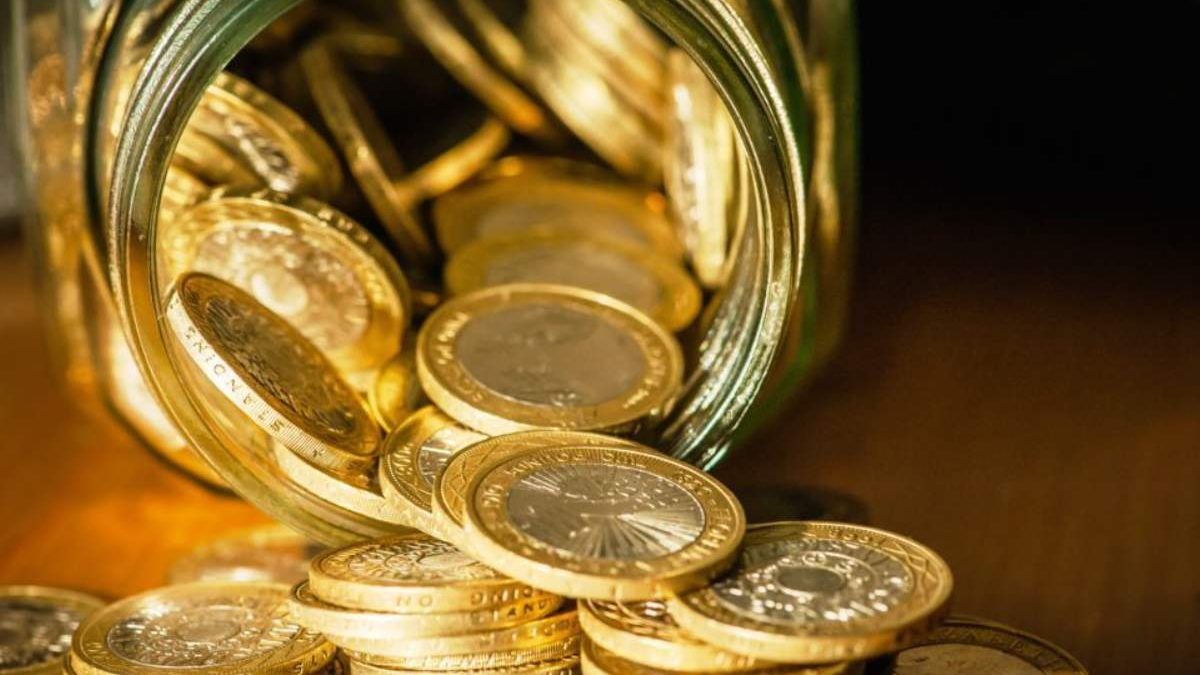Table of Contents
Introduction
Currency Define currency as the disk-shaped metal instruments that serve as a form of payment in any transaction and to which all prices refer.
Before continuing with the history of the currency and its evolution, it should be noted that at the end of the article we will explain the differences between currency and currency. Two very similar concepts, but not always the same.
History Of The Currency
The origin of the it goes back to the first civilizations of merchants, in Asia Minor and Babylon as a way of valuing the consideration received from the traffic of merchandise. Thus, as history teaches us, once barter is no longer used as the main form of exchange, it becomes important because it creates an instrument of value with which to quantify goods and services.
So much so, that for most of its history coins have been pure precious metals, such as gold, silver, bronze… Thus creating a direct way of valuing merchandise concerning the base valuation elements. such as precious metals. This is what is known as intrinsic value. The coin is worth something because it is made of some precious metal, which is really what has value.
The Meaning Of Currency
Subsequently, the meaning has been changing. At the same time that commercial exchanges were growing globally, precious metals were scarce, which is why a new way of creating money originated in the 19th century, associating coins of other metals with no value of their own to gold and silver reserves. Being the it endorse by the assets that had made up the money until then.
Thus, before this system, a coin correspond to a certain amount (grams) of gold or silver, while during this system what was attempter was an equivalence between assets. For example, that a 3 English pound coin corresponded to half a kilo of gold, or similar in Spain, where 10 pesetas corresponded to a certain amount of gold as well. That is, the currency is worth because it has a certain counterpart in precious metals.
For several decades, we have had another coin valuation system, which corresponds to the value that people give to that coin. Without being anchor to precious metals or other forms of valuation. It is what is called fiduciary money . That currency that does not have any precious asset as its counterpart, but is based on the trust and good faith that people (all agents) deposit in it.
For Example,
a large part of the world’s currencies, which have their value not because they compose of precious metals. Or indicate an indirect possession of them. But rather we adopt and give confidence that they are worth what they say they are worth. Facilitating the exchange of goods and services.
A one euro coin is not worth one euro, because its materials worth less. However we give it the category that is worth that, base on the trust and acceptance of the indicated value.
Difference Between Currency And Currency
A common doubt regarding the concepts of it is about the difference between currency and currency. They inde very similar concepts and, sometimes, they use synonyms. However, its meaning can differential, according to the following two points.
- When we refer to physical money, we use the word currency (or bill). For example, we can exchange a 2 euro coin for two one euro coins. On the contrary, when we refer to electronic money, we usually use the concept of it.
- Another difference is that the concept of it is use to refer to a foreign currency. While currency is a more general concept. However, it is common to use the concept of foreign it as a synonym for foreign currency.

